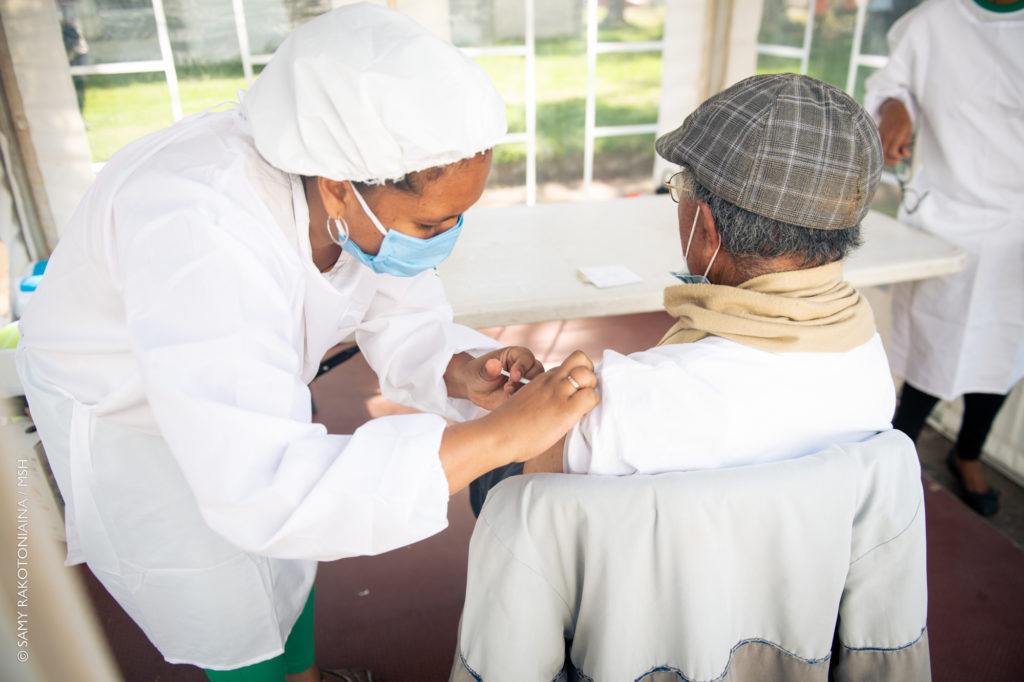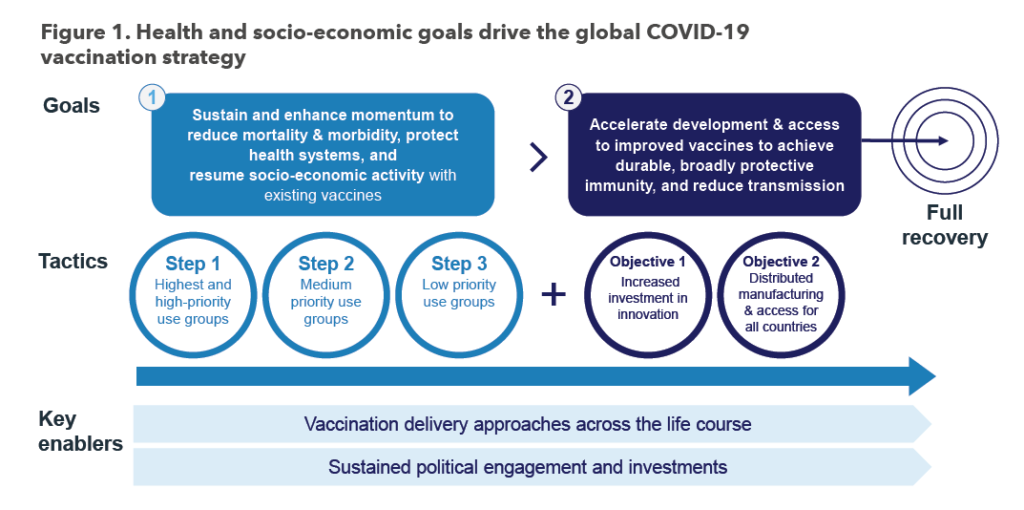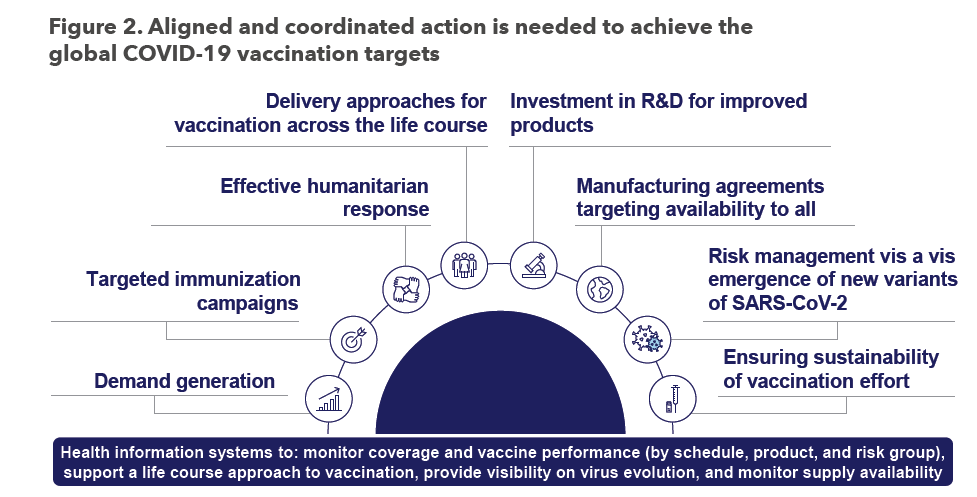
[ad_1]

The World Health Organization has published an update to the Global COVID-19 Vaccination Strategy that preserves its 70% global vaccination target and 100% vaccination targets for health care workers and older populations, but acknowledges that countries will still need to determine their ‘context-specific targets’ for their own COVID-19 national vaccination programmes.
This language walks back previous WHO assertions that 70% of the population of each country must be covered. Now, the 100% vaccination target for health care workers and older populations is an ‘aspirational’ one.
The update to the strategy published on Friday acknowledges that many of the people who are most at risk remain unprotected despite the biggest and fastest global vaccination rollout in history — with over 12 billion doses of COVID-19 vaccines administered globally across nearly every country in the world, resulting in countries reaching 60% of their populations on average.
Only 28% of older people and 37% of health care workers in low-income countries have received a primary course of vaccines, and most have not received booster doses. Twenty-seven of WHO’s member nations, including 11 low-income countries, have not yet started a booster or additional dose program. Controversy still swirls over who is fundamentally responsible for the continuing low rates of COVID vaccination in Africa, in particular, with fingers pointed at the pharma industry, WHO, and widespread vaccine hesitancy.
WHO has emphasized the need to vaccinate those most at risk for COVID-19.
“Even where 70% vaccination coverage is achieved, if significant numbers of health workers, older people and other at-risk groups remain unvaccinated, deaths will continue, health systems will remain under pressure and the global recovery will be at risk,” said WHO Director-General Dr Tedros Adhanom Ghebreyesus.
“Vaccinating all those most at risk is the single best way to save lives, protect health systems and keep societies and economies open,” he said.
The strategy uses both primary and booster doses to reduce deaths and severe disease. The aim is to protect health systems, societies, and economies, as well as to facilitate the research, development, and equitable distribution of new vaccine products.

Using local data and engaging communities
To ensure vaccines reach the highest priority groups, the strategy emphasizes the need to measure progress in vaccinating these groups and developing targeted approaches to reach them.
These approaches include using local data and engaging communities to sustain demand for vaccines and reach more displaced people through humanitarian response.
The strategy also has the goal of accelerating development and ensuring equitable access to improved vaccines to reduce transmission as a top priority, and also to achieve broadly protective immunity.

Call for further investing in R&D
While current vaccines were designed to and have largely succeeded in preventing serious illness and death, they have not substantially reduced transmission rates. Global weekly COVID-19 cases almost doubled in the past six weeks, according to WHO’s press briefing on Wednesday which showed that the surge has been driven by the Omicron BA.5 subvariant.
Omicron BA.5 and other subvariants may reduce the efficacy of vaccines, prompting the need for new vaccines that can protect against these variants of concern.
“It is fundamental to continue investing in research and development to make more effective, easier to administer vaccines, such as nasal spray products,” WHO says, while also noting that ensuring the sustainability of the COVID-19 vaccination effort is an operational priority that will “require urgent attention and reorientation before the end of 2022.”
Image Credits: Samy Rakotoniaina/MSH, WHO.
Combat the infodemic in health information and support health policy reporting from the global South. Our growing network of journalists in Africa, Asia, Geneva and New York connect the dots between regional realities and the big global debates, with evidence-based, open access news and analysis. To make a personal or organisational contribution click here on PayPal.
[ad_2]
Source link